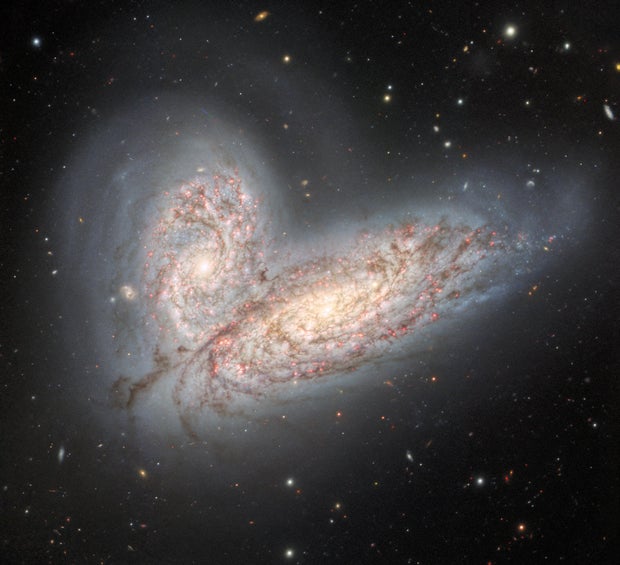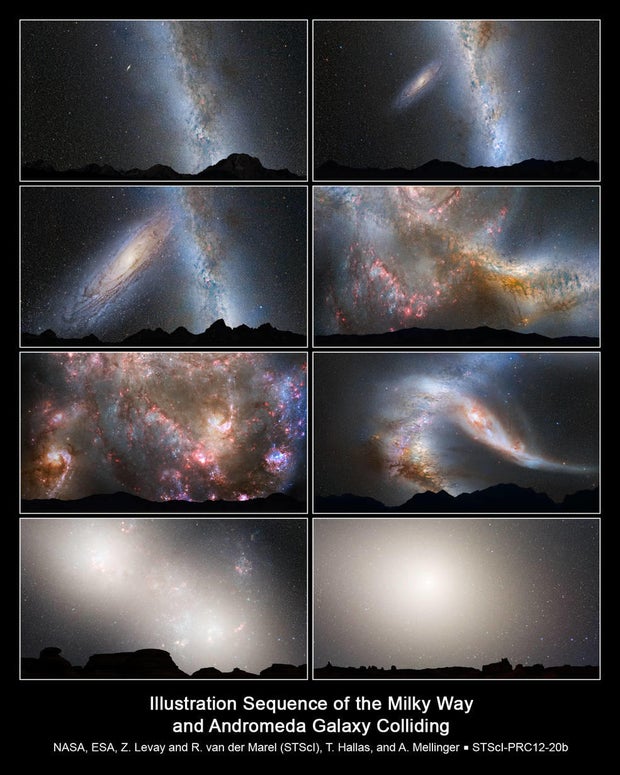One of the most spectacular events in the universe, a galaxy merger, has been observed near the constellation Virgo, 60 million light-years away. In a new picture showing two galaxies at the cusp of a collision as they were about 60 million years ago, scientists say this is a preview of what might happen to our own galaxy, the Milky Way.

The North Gemini Telescope of the International Gemini Observatory has captured the imminent merger. The centers of two spiral galaxies NGC 4568 and NGC 4567 were 20,000 light-years away from each other when the picture was taken. The distances from Earth to the center of the Milky Way are about the same, but as they approach each other, the magnitude of the collision is unleashed.
"Their dueling gravitational forces will set off a powerful star-forming explosion that will greatly distort the once majestic structure," says the National Science Foundation, which runs the observatory. 19} NOIRLabhas previously stated. this week.
Galaxies pass each other for millions of years and tighten loops, creating "long streamers of stars and gas." According to NOIRLab, they will eventually become so intertwined that they exist as single galaxies "emerging out of chaos" without the gas and dust needed to form stars.
And as encapsulating as watching the collision is, it's also a grim preview of our galaxy's fate.

Such a fate was announced when a space telescope discovered Andromeda falling inexorably toward the Milky Way. "At about 250,000 miles an hour, that's fast enough to travel from Earth to the Moon in an hour. However, NASA notes that the stars in each galaxy are so far away from each other that they don't collide with each other, but instead, merge together. It was stated that new galaxies would be thrown into different orbits around the new center.
Astronomers believe that these kinds of events create elliptical galaxies. , is shaped like an elongated circle and is often duller than other galaxies because it has minimal dust and gas to make stars. , NOIRLab predicts that it will look like Messier 89, another elliptical galaxy in the constellation Virgo.
- In:
- Galaxy
- NASA
- Milky Way

Li Cohen is a social media producer and trending reporter for CBS News. and focuses on social justice issues.
Thank you for watching CBS NEWS.
Create a free account or log in to
for more features:


